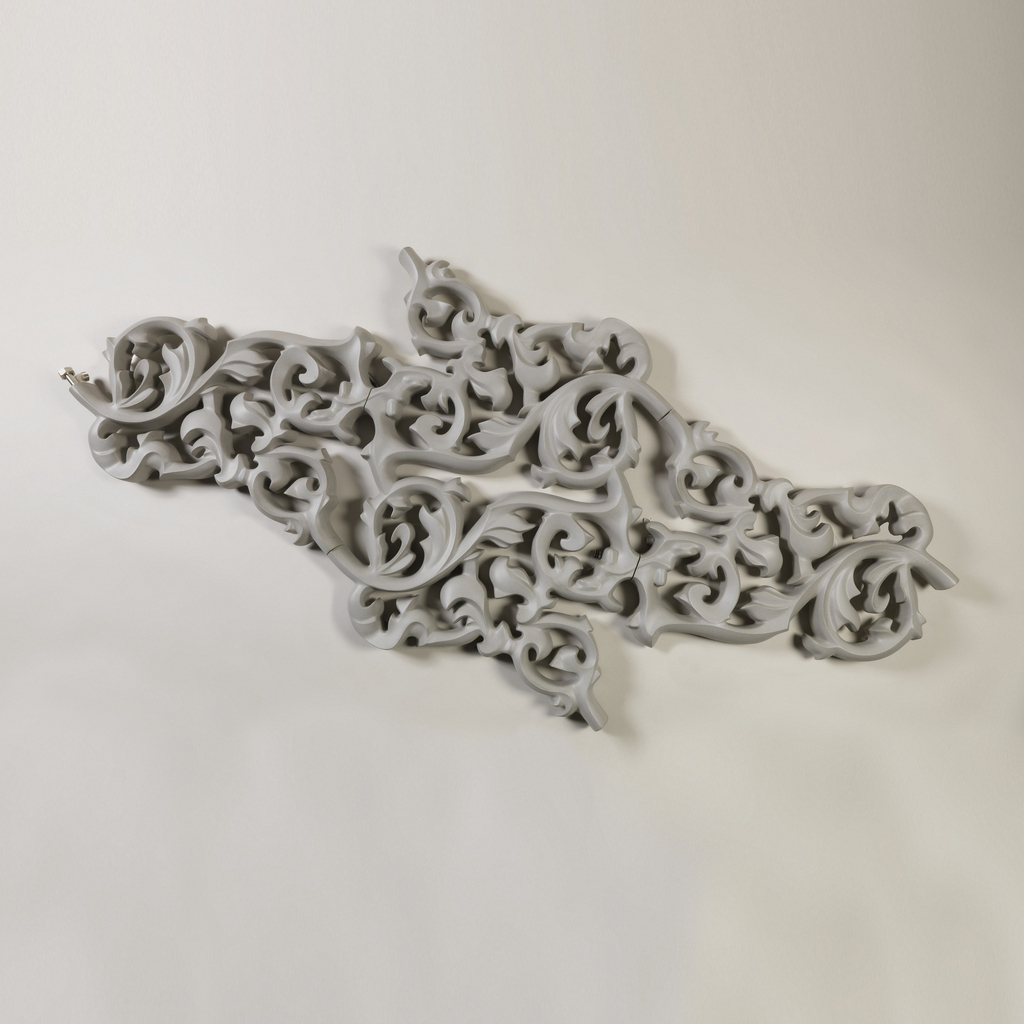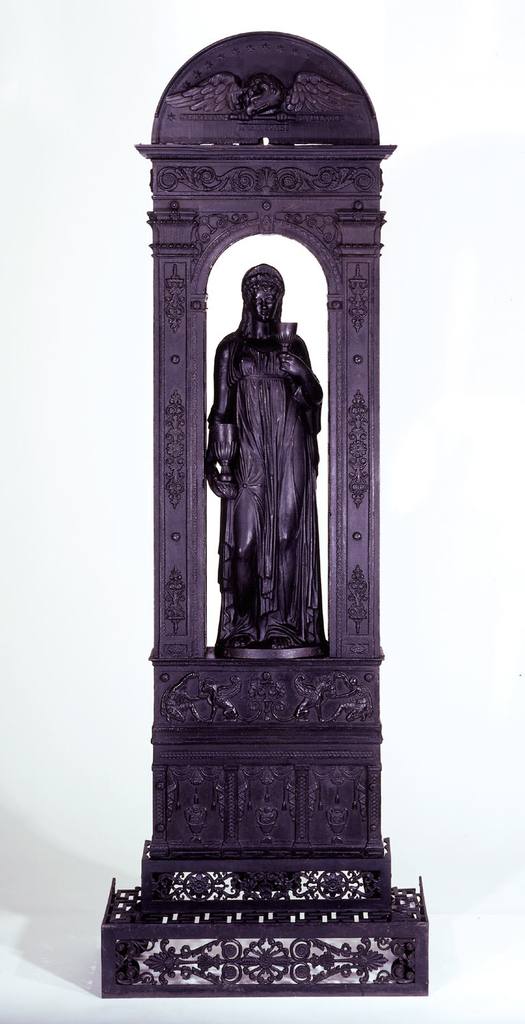A version of the Heatwave Radiator is included in the exhibition Joris Laarman Lab: Design in the Digital Age, on view at Cooper Hewitt, Smithsonian Design Museum through January 15, 2018. Radiators have long been used to exchange heat, transfering thermal energy from one medium to another for the purpose of space heating. Their primary...
The whole idea that a radiator could be as large or as decorative as this one seems extraordinary to most twenty-first century viewers. However, if one thinks about it, Joris Laarman created the Heatwave radiator in 2007, formed of rococo-like scrolls in a newer medium, poly-concrete, to decorate a wall. To correctly appreciate the context...

